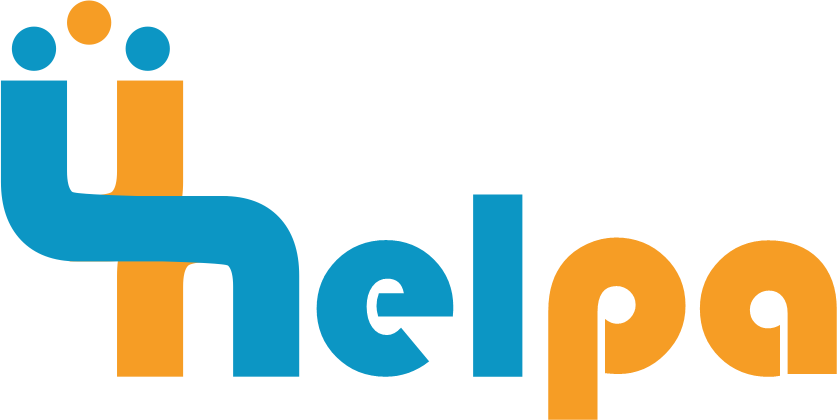Crowdfunding is not a new or foreign concept. It literally has its roots in ancient cultures, where communities came together to support one another in times of need. In many African societies, it was considered a tradition for individuals to contribute to a collective fund for members in need. It is also seen in places of worship where they organise food and clothing drives for victims of accidents, natural disasters and other causes.
Today, the internet has reinvented crowdfunding, enabling individuals and groups to tap into global networks to raise funds for various purposes, including medical expenses, charities, basic necessities, education, and more.
Due to the growing popularity of online fundraising, misconceptions about crowdfunding are on the rise. Many wrongly assume the process is time-consuming, expensive, and unsafe. However, with the right understanding and approach, crowdfunding can be a powerful tool for raising funds and building community support.
In this article, we’ll dispel some of the myths you have heard about crowdfunding and help you understand the actual information.
8 Myths about Online Fundraising
Here are 8 more myths about crowdfunding:
Myth 1: Crowdfunding is a quick fix.
Fact: Successful crowdfunding requires time, effort, and planning. It is not a one-time effort that you launch and forget about. A lot of consistent promotion and patience goes into successful crowdfunding.
Before launching the campaign, ensure you define your goal, target audience, and marketing strategy. Put thoughts into drafting a compelling story and including visuals. During the fundraising, share updates and behind-the-scenes with people, show gratitude, and build a community around the cause.
Myth 2: Crowdfunding is the last resort.
Fact: Crowdfunding doesn’t have to be the last result, it could be your first choice of funding. It could also be the sole source of funding or a supplementary option to another.
Myth 3: You can’t use crowdfunding for personal expenses.
Fact: Designating crowdfunding solely for business or creative projects is a common misconception. Crowdfunding can indeed be used for personal expenses, such as:
– Medical bills or treatments
– Education or tuition fees
– Personal emergencies or crises
– Emergency funds or disaster relief
– Home repairs or renovations
– Accessibility or disability-related expenses
– Memorial or funeral expenses
Many platforms, like GoFundMe and Helpa, cater specifically to personal fundraising needs.
Myth 4: Crowdfunding is only for nonprofit projects.
Fact: Crowdfunding is not exclusive to nonprofit projects. Both nonprofit and for-profit projects can benefit from crowdfunding to raise funds. While nonprofits often use crowdfunding for charitable causes, for-profit businesses and individuals can also leverage crowdfunding for various purposes, such as:
– Product launches
– Business expansions
– Creative projects, like films or music albums
– Personal projects or initiatives
– Research and development
Crowdfunding platforms like Kickstarter and Indiegogo cater to for-profit projects, providing a range of tools and services to help businesses and individuals raise funds.
Myth 5: You need a lot of money to start a crowdfunding campaign.
Fact: Starting a crowdfunding campaign doesn’t require a significant amount of money. Most platforms don’t request upfront fees. In fact, most crowdfunding platforms are free to use, with minimal setup costs. Here’s what you need to get started:
– A clear idea or project
– A compelling story and pitch
– A defined funding goal
– A basic understanding of marketing and promotion
Many platforms, like Helpa or GoFundMe, offer free registration and campaign setup. You can start creating your campaign without any upfront costs.
Myth 6: You can’t cancel a crowdfunding campaign.
Fact: You can cancel a crowdfunding campaign, but the process and consequences vary depending on the platform and the campaign’s status.
You can cancel your campaign at any time before it goes live. During the campaign, cancelling a live campaign is still possible, but it may be subject to fees. Even after the campaign, you may still be able to cancel or refund backers. But this is typically only possible if you haven’t yet withdrawn the funds or fulfilled obligations.
Myth 7: Crowdfunding platforms take all the money.
Fact: Crowdfunding platforms don’t take all the money raised. While they do charge fees, the majority of the funds go directly to the project creator or campaign organizer. Here’s a breakdown of the typical fees:
1. Platform fee: 4-5% of the total amount raised (e.g., Helpa)
2. Payment processing fees
3. Other fees: Some platforms may charge additional fees for services like marketing and promotion.
These fees are deducted from the funds raised, so you don’t need to pay them out of pocket.
Please, keep in mind that fees vary across platforms, so it’s essential to understand the specific fees associated with your chosen platform before creating your campaign.
Myth 8: Crowdfunding platforms are not safe and secure
Fact: Many trusted crowdfunding platforms use secure payment processing and protect user data by using reputable payment gateways or bank transfers. In addition, these apps encrypt sensitive data, such as personal and financial information, to prevent unauthorized access.
While no platform is completely immune to risks, reputable crowdfunding platforms like Helpa prioritize security and safety, making them a reliable option for fundraising and backing projects.
Takeaway
Whether through online platforms or traditional community networks, crowdfunding continues to evolve as a vital means of collective support and generosity. Get your facts right, and don’t hesitate to opt for online fundraising if the need arises.
By recognizing crowdfunding’s timeless nature and embracing its modern reinvention, like Helpa, you can also make a meaningful impact in the lives of others.
